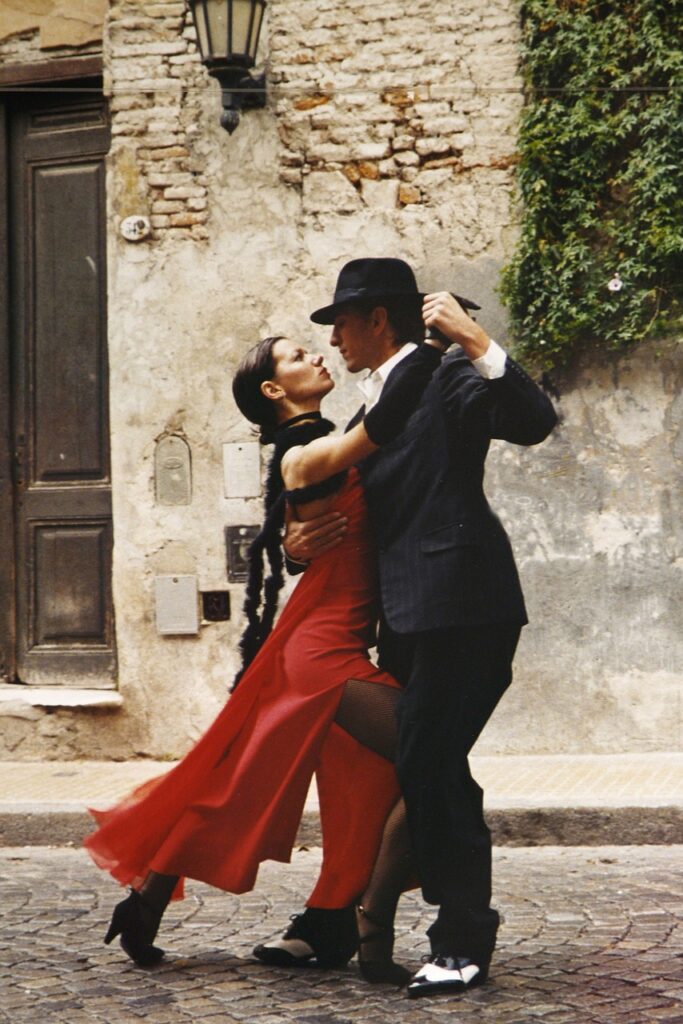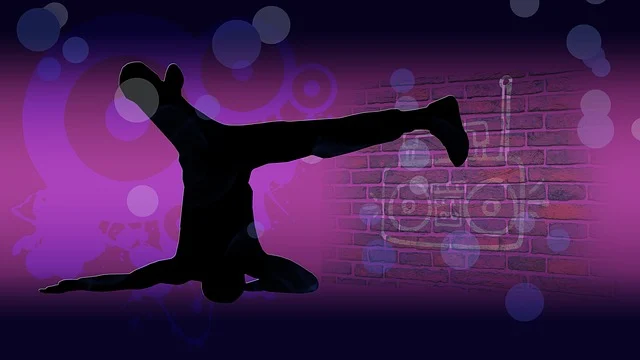Dance is more than just movement—it’s a powerful form of self-expression, a celebration of individuality, and a bridge connecting cultures across the globe. Among the many genres of dance, “street style” holds a unique and dynamic position. Characterized by creativity, freestyle energy, and cultural authenticity, it has gained enormous popularity in recent years, captivating dance enthusiasts and fitness seekers alike.
This article explores the vibrant world of street-style dance, its history, benefits, and influence on pop culture, while offering practical steps for beginners to get started.
A Brief History of Street Style Dance

Street-style dance, commonly referred to as “street dance,” originated in the 1970s and 1980s in urban communities. The term encompasses an array of styles, including hip-hop, breakdancing (also called b-boying or b-girling), popping, locking, and house dance. These styles were born outside traditional dance environments, such as dance studios or schools, and thrived in the streets, clubs, and neighborhoods.
Evolution Through Time
- Hip-Hop emerged from the Bronx, New York, as an expressive response to social and economic challenges.
- Breakdancing became a global phenomenon with its acrobatics and intricate footwork.
- Popping and Locking, often associated with funk music, originated in California, creating an illusion-like, robotic effect on the dance floor.
- House Dance, although not always recognized as a street style, shares roots with hip-hop and thrives on complex footwork, fluid torso movement, and a deep connection to house music.
Over the years, street dance has evolved by incorporating diverse cultural influences, becoming a universal language for dance and creativity.
The Benefits of Regular Street Dance Practice
Street-style dance isn’t just about mastering flashy moves—it’s a workout for the body, mind, and soul.
Physical Benefits
- Improved Fitness: Dancing is a full-body workout that boosts cardiovascular endurance.
- Flexibility & Agility: Movements like popping and waving improve joint and muscle flexibility.
- Stamina: High-energy freestyle sessions significantly increase physical stamina.
Mental Benefits
- Stress Relief: Dancing to music releases endorphins that reduce stress.
- Enhanced Focus: The fast-paced nature of street dance trains your mind to stay sharp and agile.
- Confidence Boost: Mastering dance steps builds self-assurance and poise.
Social Benefits
- Friendships: Joining dance battles or classes introduces you to like-minded individuals.
- Networking: Many dancers use street dance as a tool to connect with mentors or collaborators.
- Cultural Exchange: Street dance brings together diverse styles and backgrounds, fostering unity.
Key Elements of Street Style Dance
To truly understand street dance, you need to grasp its fundamental elements.
Improvisation and Freestyle
Street-style dance is known for its lack of rigid structure, allowing dancers to showcase individuality through spontaneous and creative moves.
Rhythm and Musicality
A dancer’s ability to “feel” the music is essential. Each beat becomes the foundation for innovative and synchronized movement.
Signature Styles and Moves
Some iconic moves include popping, waving, krumping, and b-boy freezes. Each move reflects the dancer’s unique flair while respecting traditional elements.
Street Dance’s Influence on Popular Culture
From fashion to entertainment, street dance has left an indelible mark on global pop culture.
Shaping Fashion and Music
Street-style dancers have influenced urban wear, popularizing styles like baggy pants, sneakers, and oversized jackets. Music genres such as hip-hop and funk continue to provide the beats that power these styles.
Famous Performers and Media
From “Step Up” films to TV shows like “America’s Best Dance Crew,” street dance has inspired countless performances. Artists like Michael Jackson and BTS have also incorporated street-style elements into their choreography.
How to Get Started with Street Dance
Now that you’re inspired, here’s how to begin.
Find a Class or Tutorial
Look for local dance studios offering street-style lessons or browse online platforms like YouTube and Skillshare for tutorials.
Practice Basics
Start with fundamental techniques like popping, locking, or footwork, and gradually move to choreographed routines.
Tips for Beginners
- Take it slow; focus on mastering one move at a time.
- Practice consistently to build muscle memory.
- Don’t shy away from challenges—mistakes are key to growth.
Competitions and Dance Battles
Dance battles are the heart of street dance culture.
Fostering Creativity
Battles allow dancers to test their skills against others, fueling creativity and innovation.
Popular Competitions
Events like Red Bull BC One, Juste Debout, and World of Dance have brought street dance to an international stage, inspiring dance communities worldwide.
Why Street Dance Is for Everyone
No matter your age, gender, or fitness level, street dance welcomes all who are willing to move. With its emphasis on self-expression and individuality, it provides an unmatched avenue for creativity and connection.
Rediscover Yourself Through Street Dance
Street-style dance is more than a performance—it’s a lifestyle and a way to express your truest self. From its historic roots to its global influence, it embodies resilience, creativity, and unity.
Whether you’re seeking a new fitness routine, a creative hobby, or an opportunity to connect with a like-minded community, street dance has something for you. Lace up your sneakers, turn up the music, and discover the power of dance!



